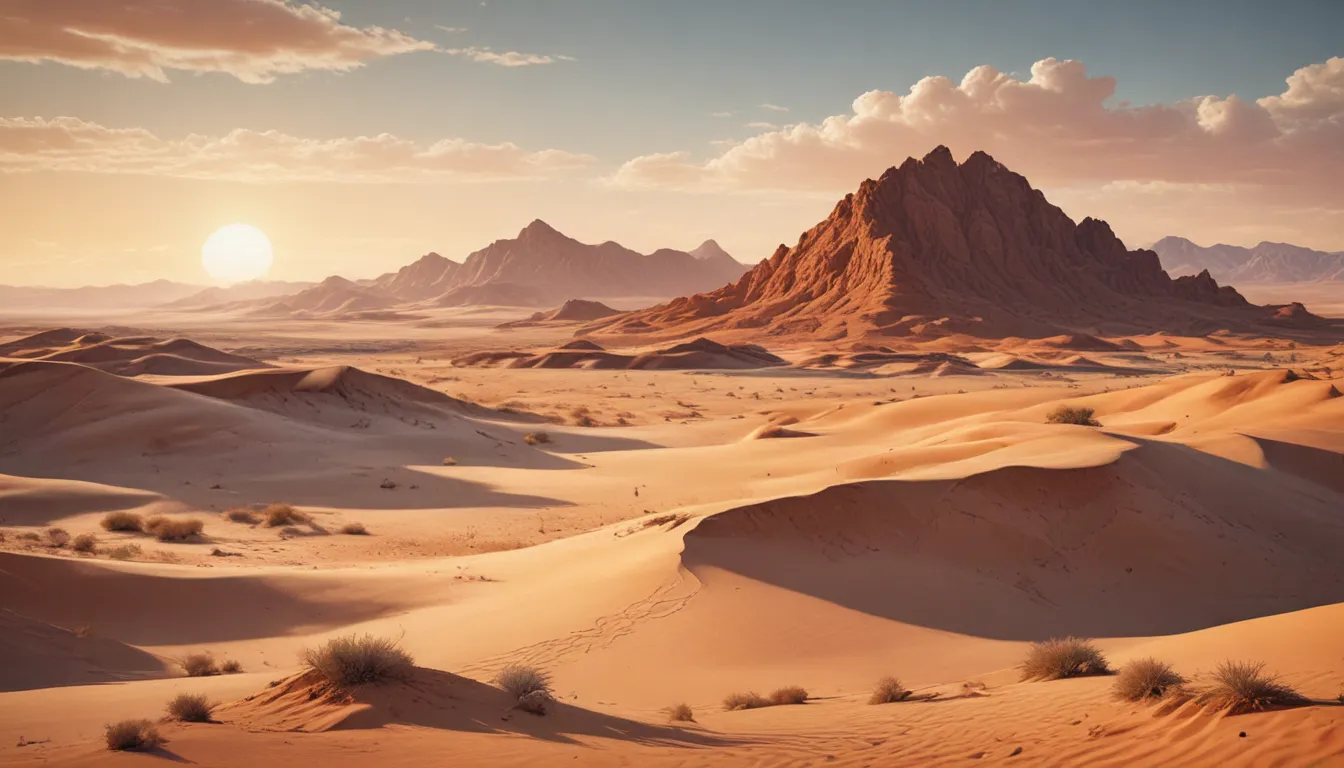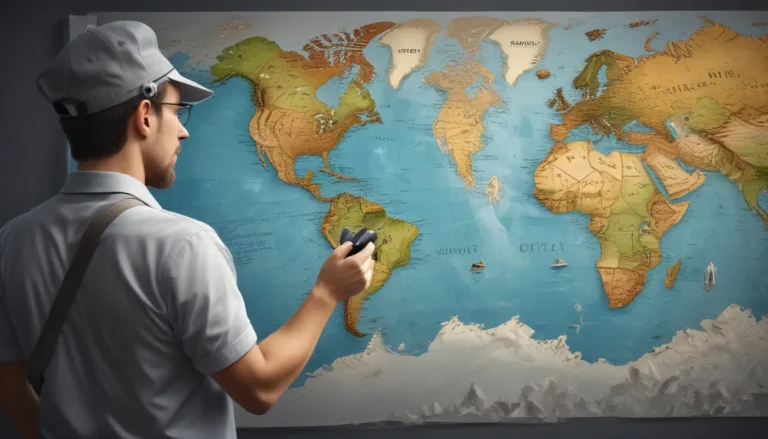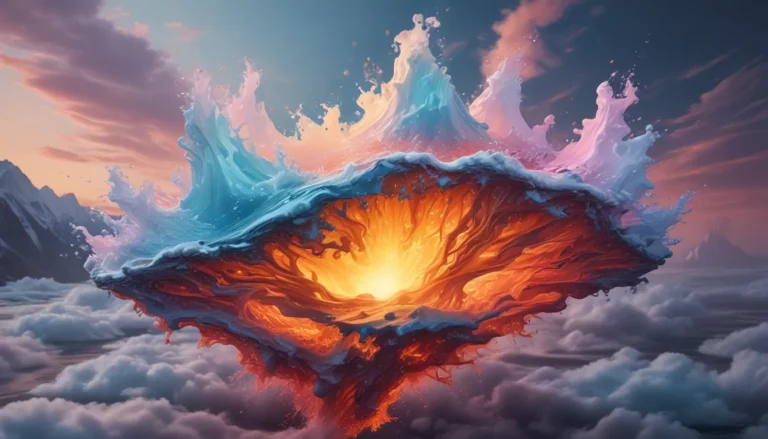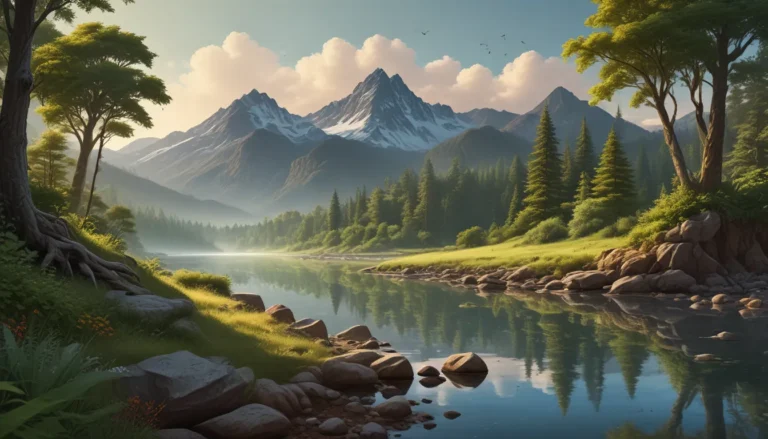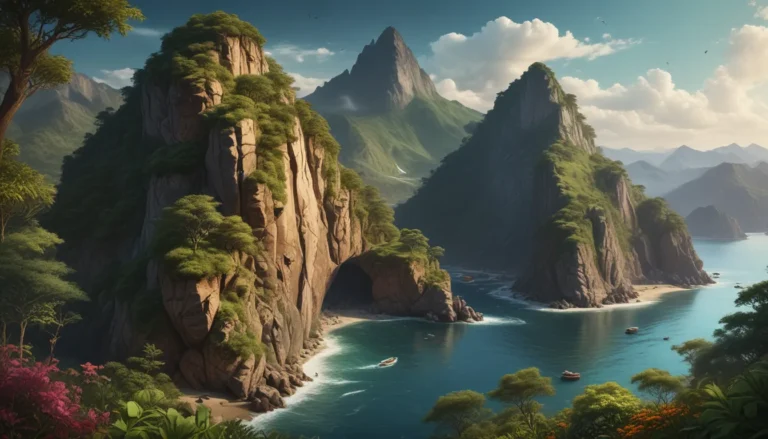A Note About Images: The images used in our articles are for illustration purposes only and may not exactly match the content. They are meant to engage readers, but the text should be relied upon for accurate information.
When we think of deserts, we often picture hot, sandy landscapes devoid of life. However, cold deserts provide a unique and intriguing contrast to this traditional image. With extreme cold temperatures and sparse vegetation, these icy wonders offer a whole new level of natural beauty and scientific interest. In this article, we will delve into 13 captivating facts about cold deserts that will expand your understanding of these enigmatic landscapes. From their distinct climate and geography to their diverse wildlife and human adaptations, cold deserts hold an abundance of secrets waiting to be discovered. So, let’s embark on a chilly journey and unveil the fascinating aspects of these icy marvels!
Unveiling the Mysteries of Cold Deserts
Cold Deserts: An Overview
Cold deserts cover a significant portion of the Earth’s surface, spanning regions such as Antarctica, the Arctic, northern Asia, and parts of North America. These vast expanses of land are characterized by low temperatures and lack of precipitation, creating extreme climate conditions for both flora and fauna to survive.
Unique Ecology of Cold Deserts
Contrary to popular belief, cold deserts are not always covered in snow. They experience a wide range of weather conditions, including freezing temperatures, strong winds, and limited rainfall. This challenging environment has led to the evolution of specialized animal species such as the Arctic fox, polar bear, ibex, and snow leopard that are found exclusively in cold deserts.
Longevity in the Face of Adversity
In cold deserts, where water is scarce and the growing season is short, certain plants have incredibly long lifespans. The bristlecone pine, found in the cold deserts of North America, can live for thousands of years, showcasing the resilience of life in these harsh environments.
Unveiling the Beauty of Cold Deserts
Geological Wonders of Cold Deserts
The extreme weather conditions in cold desert regions have resulted in unique geological formations, from vast sand dunes in Antarctica to breathtaking ice formations in the Arctic. These deserts hold stunning natural wonders that captivate the imagination.
The Driest Cold Desert on Earth
The Atacama Desert in South America is considered the driest cold desert in the world. Some areas of the Atacama Desert have not received rainfall for several decades, highlighting the extreme aridity of this unique landscape.
Scientific Significance of Cold Deserts
Cold deserts serve as vital locations for scientific research, particularly in studying climate change, geological processes, and the adaptation of organisms to extreme conditions. These deserts offer valuable insights into the complexities of our planet’s ecosystems.
Unveiling the Challenges of Cold Deserts
Fragile Ecosystems in Cold Deserts
The ecosystems of cold deserts are delicate and easily disrupted by human activities such as mining, overgrazing, and tourism. It is essential to implement sustainable practices and conservation efforts to preserve these unique habitats and the species that depend on them.
Nomadic Communities in Cold Deserts
Some cold desert regions support nomadic communities that have adapted their lifestyle to the harsh desert environment. Communities in the Gobi Desert in Mongolia, for example, rely on herding livestock and have developed unique cultural traditions and survival skills to thrive in this challenging landscape.
Resilience of Life in Cold Deserts
Despite the harsh conditions, cold deserts offer stunningly beautiful landscapes characterized by vast open spaces, towering mountains, and unique vegetation. The pristine beauty of these deserts attracts adventurous travelers and nature enthusiasts seeking to witness the resilience of life in even the harshest of environments.
Unveiling Additional Cold Desert Facts
Illuminating FAQs About Cold Deserts
-
What is a cold desert?
A cold desert is characterized by extreme temperatures, little rainfall, and sparse vegetation, typically found in cold climates unlike hot deserts. -
Where are cold deserts found?
Cold deserts are located in polar regions like Antarctica and the Arctic, as well as high-altitude areas such as the Tibetan Plateau and regions in Central Asia. -
How cold do cold deserts get?
Temperatures in cold deserts can drop well below freezing, reaching -40 degrees Celsius (-40 degrees Fahrenheit) or lower in extreme cases. -
What wildlife is found in cold deserts?
Cold deserts are home to a variety of animal species adapted to harsh conditions, including polar bears, penguins, camels, snow leopards, and various bird species. -
How do plants survive in cold deserts?
Plants in cold deserts have unique adaptations such as long taproots, small leaves, and tolerance to drought and freezing temperatures. -
What is the significance of cold deserts?
Cold deserts play important ecological and climatic roles, serving as reservoirs of cold air, influencing weather patterns, and offering research opportunities. -
Can humans live in cold deserts?
While challenging, some human communities have adapted to live in cold deserts, relying on traditional knowledge and sustainable practices for survival.
Embrace the Intriguing Cold Deserts
In conclusion, cold deserts are truly fascinating environments that offer a glimpse into the remarkable adaptability of life in extreme conditions. From their stunning landscapes to their unique wildlife, these deserts have a story to tell about resilience and survival. Exploring the mysteries of cold deserts not only deepens our understanding of the natural world but also inspires us to appreciate the beauty and complexity of our planet’s ecosystems. So, next time you think of deserts, remember the captivating cold deserts that hold a wealth of fascinating facts waiting to be discovered.
